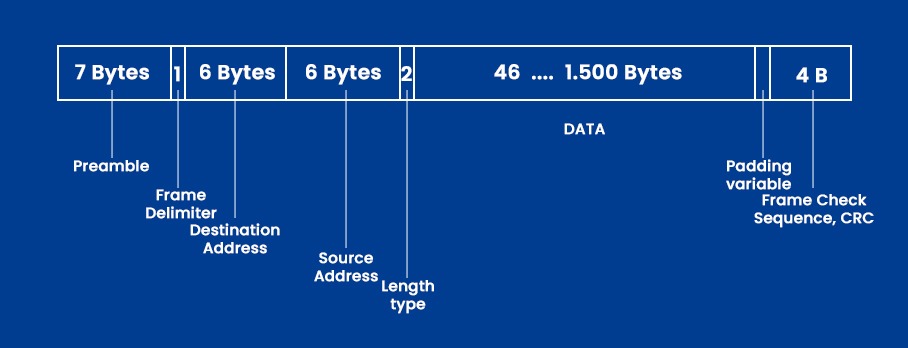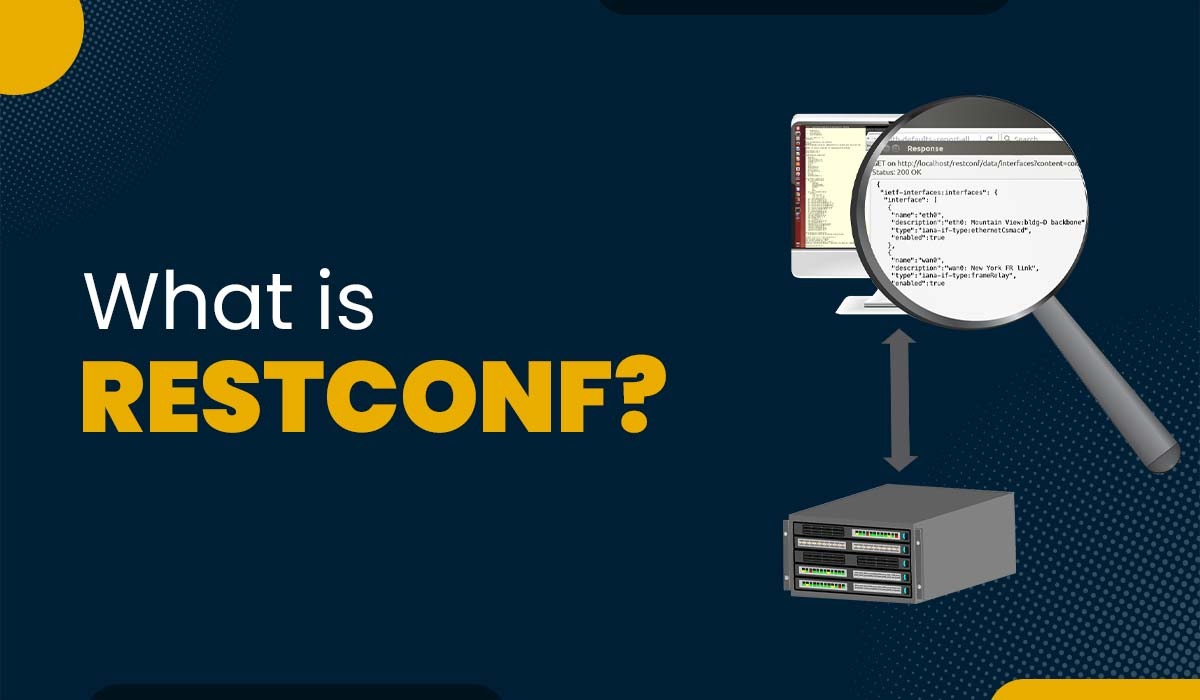Frame Check Sequence (FCS) in Networking

If you have ever used a computer network, you have probably wondered how data gets sent and received without problems. How does the network determine whether the data has been tampered with or corrupted? How does it deal with noise and interference, which might degrade signal quality? Frame Check Sequence (FCS) is the solution. In this blog, we will be explaining what FCS is, why we require FCS, how it works, advantages and disadvantages. Let’s begin with the basic definition of FCS in networking. A frame check sequence (FCS) is an error-detecting technique. It is added to a frame in a communication protocol. Frames are used to send payload data from a source to a destination. FCS refers to extra bits added to the frame for error detection. It is used for HDLC error detection. It is a 2-byte or 4-byte field that is used to detect errors in the address field, control field, and information field of frames transmitted across the network. It is used to ensure the data frame is not corrupted by the transmission medium while sending it from sender to receiver. FCS is calculated at the source and appended to the frame before transmission. Below we have shown the ethernet frame format in which FCS is added to the frame. Let’s take examples of different scenarios where FCS works for better understanding. In the case of ethernet data communication, FCS is used to ensure that the data or information that is transmitted from sender to receiver is not corrupted. This can be achieved by matching the FCS value on both ends. If the value is the same then the data is accepted by the receiver else it is discarded and the receiver side requests new data. The difference in the FCS value can be because of many reasons, some of these can be noise or interference. When we talk about wireless communication, FCS is used to ensure the integrity of data. FCS assists in checking whether the data that is sent from the sender is not corrupted. It works the same by checking the FCS value on both ends i.e., the sender and the receiver side. If both the values match then only the data is accepted otherwise it is discarded. The difference in the FCS value can be because of the interference that is mainly caused by other nearby devices or surroundings. Note: The same can be said for the data link layer of the OSI reference model. FCS works in detecting errors for the corrupted data. All frames are vulnerable to errors from a number of causes, including noise, interference, distortion, attenuation, etc., which can affect the bits, bytes, and fields that make up each frame. During transmission, these errors may result in data loss or corruption. In order to prevent the transmission medium from corrupting the data frame as it is being sent from the transmitter to the receiver, FCS is used. It assists in the detection of problems in the information, control, and address fields of network-transmitted frames. FCS can stop the destination node from accepting tampered frames and processing inaccurate data by spotting errors. Additionally, it can prevent the needless retransmission of faulty frames, saving bandwidth and network resources. We have now a basic understanding of FCS. Below we have explained how the frame check sequence works. Data is split up into tiny parts called frames for network transmission. Along with the real data, each frame also contains extra bits allocated to FCS. A mathematical technique is used to determine the FCS bits depending on the frame’s content. A unique value is generated by this computation, which is then included in the frame. The same computation is done on the message content by the receiving device when it gets a frame, and it compares the resultant FCS value to the value that was attached to the frame. If the two value matches, there was no frame corruption during transmission. If the values do not match, it indicates that an error happened during the data transmission process. In that case, the receiver end discards the frame and requests for another one. Now that we have a detailed understanding of FCS, let’s discuss the advantages and disadvantages of FCS. There are several advantages of implementing FCS. Some of these are: Apart from the advantages that FCS can provide, there are some disadvantages. Some of these are: These are the advantages and disadvantages of Frame Check Sequence. FCS or frame check sequence is a part of the data frame that is used to detect errors in the data that is sent by the sender. The error is detected by matching the FCS value on both ends i.e., the sender and the receiver. Both CRC and FCS are error-detection techniques that examine the consistency of data using mathematical methods. Cyclic Redundancy Check, commonly referred to as CRC, is a particular kind of checksum algorithm that works on blocks of data. The act of adding a checksum—typically a CRC—to a frame during serial data transmission is known as a “frame check sequence,” or FCS. FCS is a 4-byte field that contains a CRC code for error detection. It is added to the end of an Ethernet frame. Any error detection methods, including parity checking, checksum, etc., are used to calculate FCS. FCS in networking is an essential technique for ensuring error-free and secure network communication. In this blog, we have explained FCS in detail along with its working. Frame Check Sequence has several advantages and disadvantages also. So, to get the best network performance and security, it should be used in combination with other methods like encryption, authentication, and error correction codes.Introduction
What is Frame Check Sequence?

Ethernet
WI-FI
Purpose of FCS in networking
How Frame Check Sequence Works?
Advantages of FCS in networking
Disadvantages of FCS in networking
Frequently Asked Questions
Q1. What is FCS in networking?
Q2. What is the difference between CRC and FCS in networking?
Q3. What is FCS in Ethernet frame size?
Q4. How is FCS calculated?
Conclusion







